We do write valedictory pieces at Autocar, but not many. Broadly speaking, our remit is to look forward, rather than back; but just occasionally, a car so important or beloved gets pensioned off that we would not be doing our job as the industry’s journal of record were we to fail to acknowledge the fact in some way.
Now you may already be questioning whether or not the Ferrari GTC4 Lusso T falls into that category, and I’d not blame you at all. But the truth is, it’s not the car per se that we’re saying goodbye to but the full-sized family Ferrari coupé. It’s a line that stretches back essentially unbroken through most of Ferrari’s history, fully 60 years.
But now it’s over. For although the new Roma does indeed have rear seats, they’re for occasional use only by small people, while the Lusso will seat four average-sized adults in greater space and comfort than certain four-door coupés. In time, Ferrari hopes that Lusso customers can be migrated across to the new SUV, currently codenamed the Purosangue, but that’s a 2023-model-year car, so it’s likely to be a couple of years before we even see it, let alone customers take delivery.
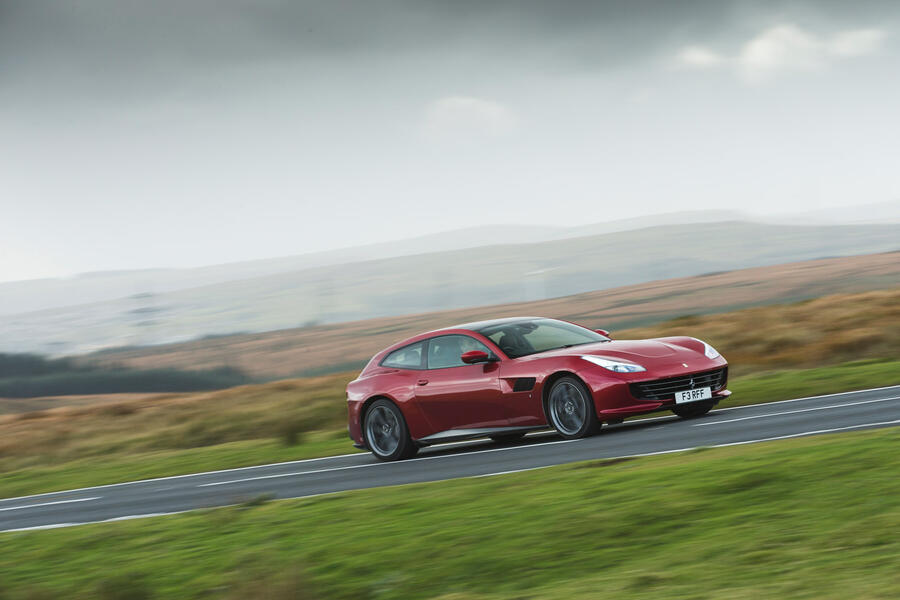
Of course, because they’re seen as practical, and there’s no more boring word in the automotive lexicon, four-seat Fandangos have never quite twanged the heartstrings like Ferrari’s lower-slung sports cars, with their abbreviated wheelbases, lesser seat count and more focused role. But that doesn’t make them poor relations or anything close. On occasion, it has been the more usable version that’s proven preferable, even if the automotive media tended not to say so at the time. For instance, I always preferred the early-1970s 365 GTC/4 to its headline-grabbing brother, known to most as the Daytona. And for a couple of years in the 1990s, before the 550 Maranello was introduced, the 456 GT was not only the most powerful production Ferrari, it was also the best.
I’m not sure I’d put the current Lusso in that category, especially versions like this with the V8 engine, but as a nearly new, rather than brand new proposition, they can still make compelling cases for themselves. Take this car here, resplendent in its lovely special-request Rosso Fiorano paintwork and available from Stratstone in Manchester. It’s a one-year-old car, with fewer than 2000 miles on the clock, three of its standard four-year warranty to go and five of its six years of free servicing remaining.
The asking price is £168,900, which can probably be bid down a chunk, against a new list price of £202,890. What these numbers don’t reflect is the simply enormous option count it carries, too; I counted 25 items from ceramic tailpipes at one end to a carbonfibre front splitter at the other. This is by no means uncommon for this kind of car. And as you will know, Ferrari options don’t come cheap. Indeed, in 2019, the combined options cost on this car appears to have been £63,821, which means this nearly new, scarcely used example is being offered by a Ferrari main dealer for all but £100,000 off its on-the-road list price last year, even before you’ve had a haggle. Which makes you think a bit.

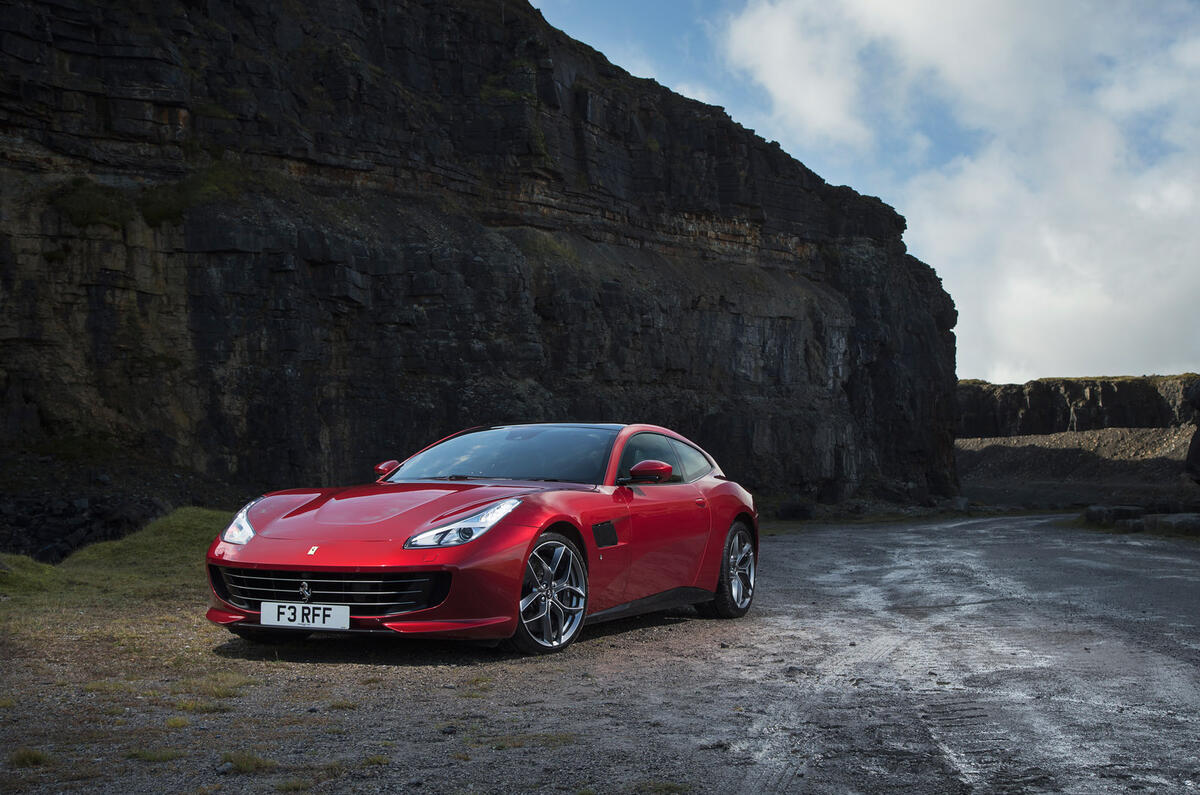

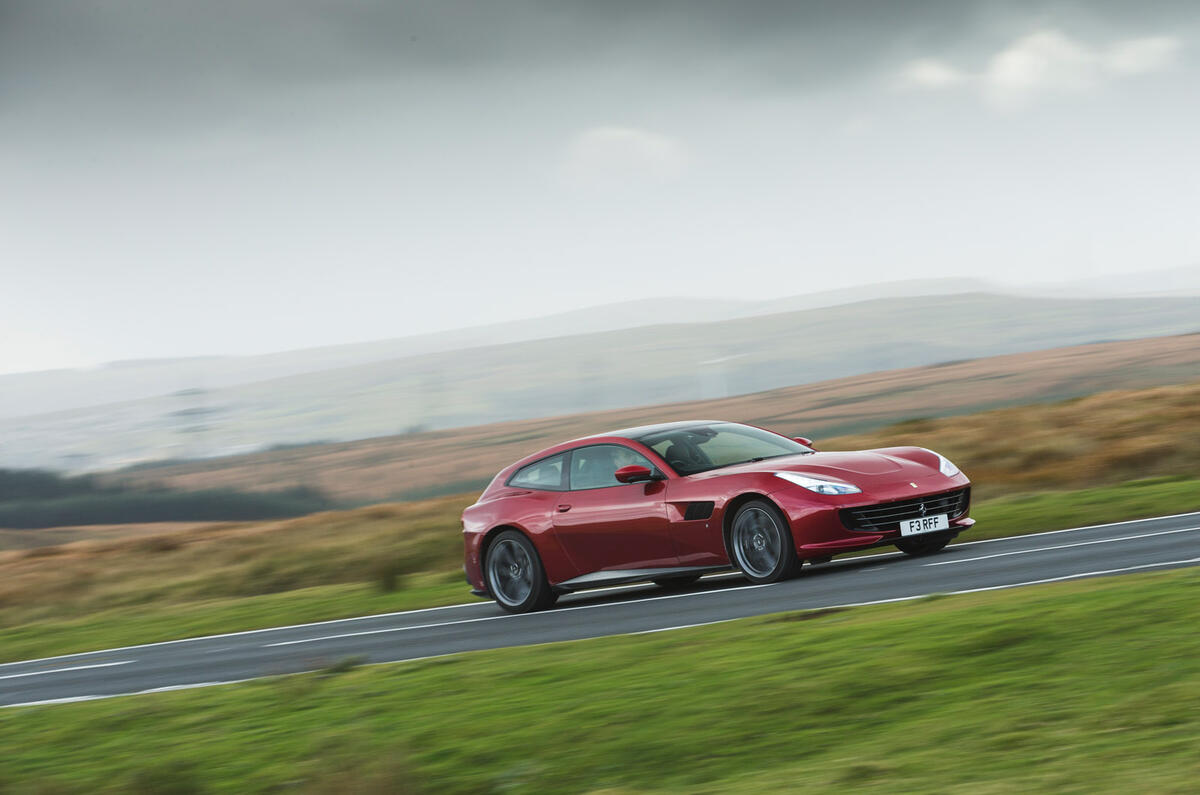
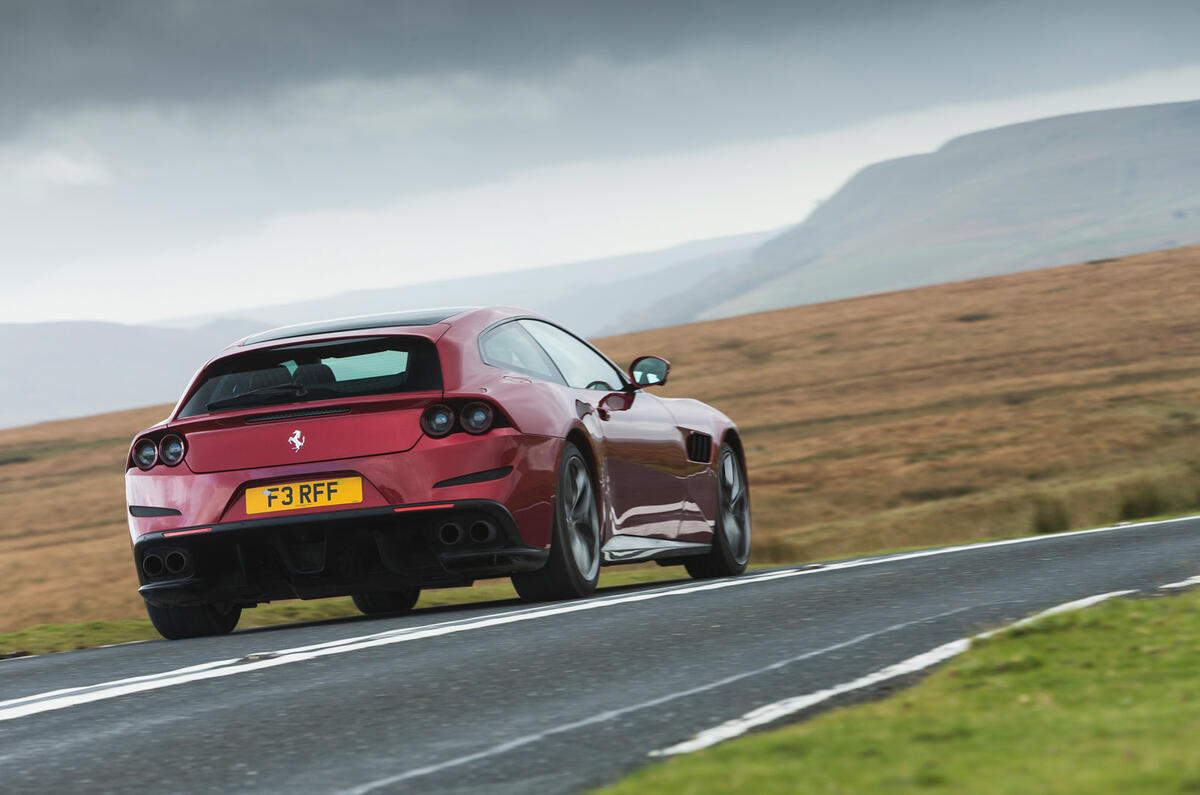
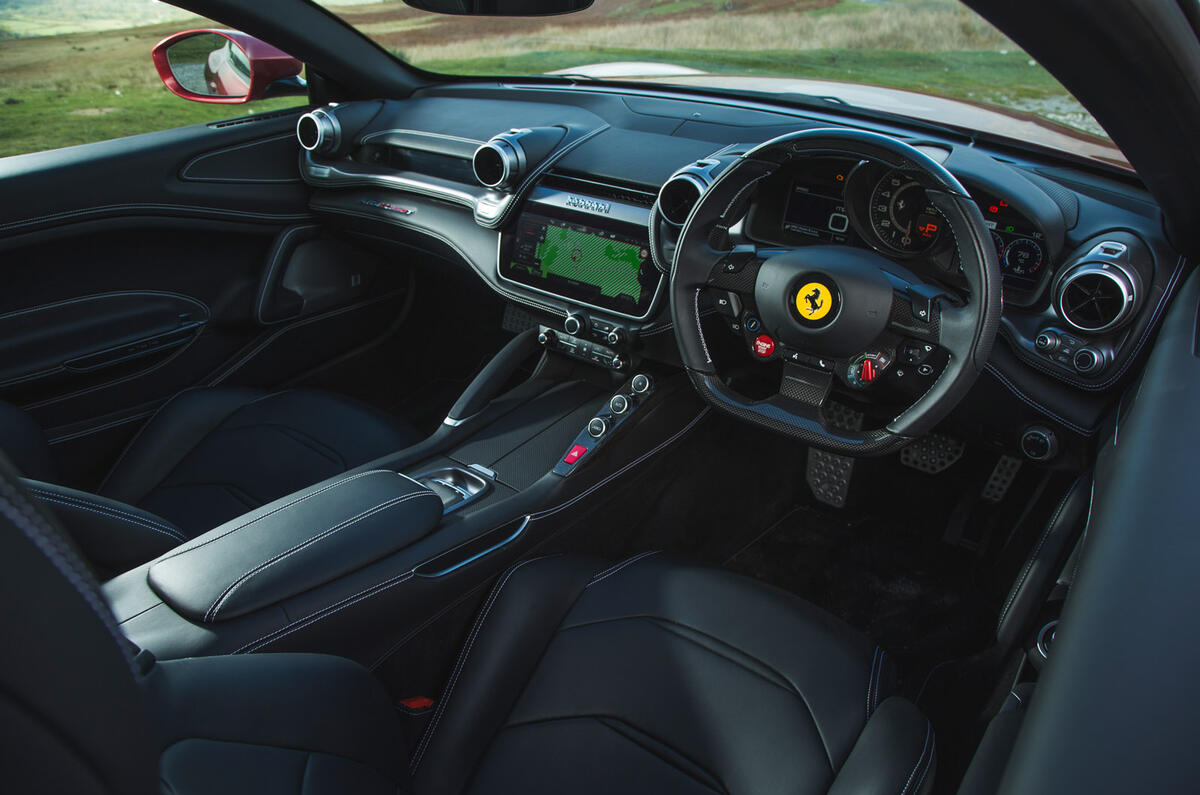
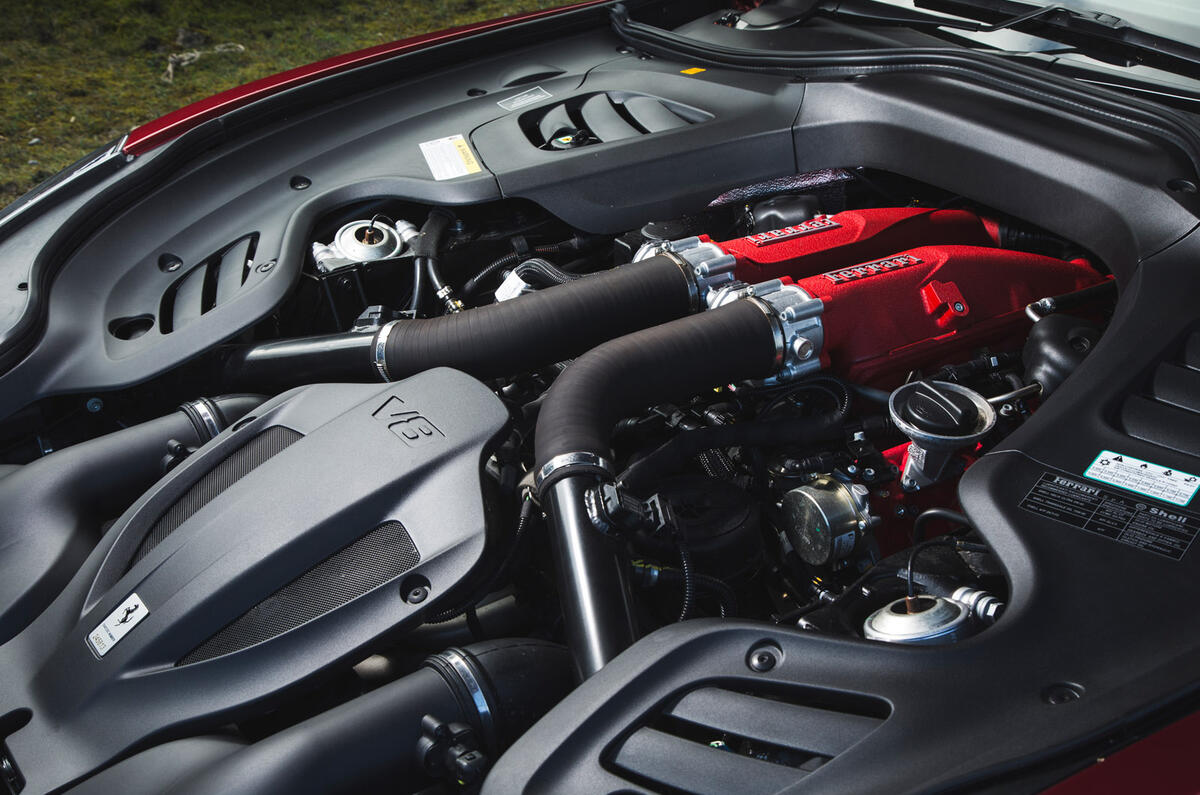
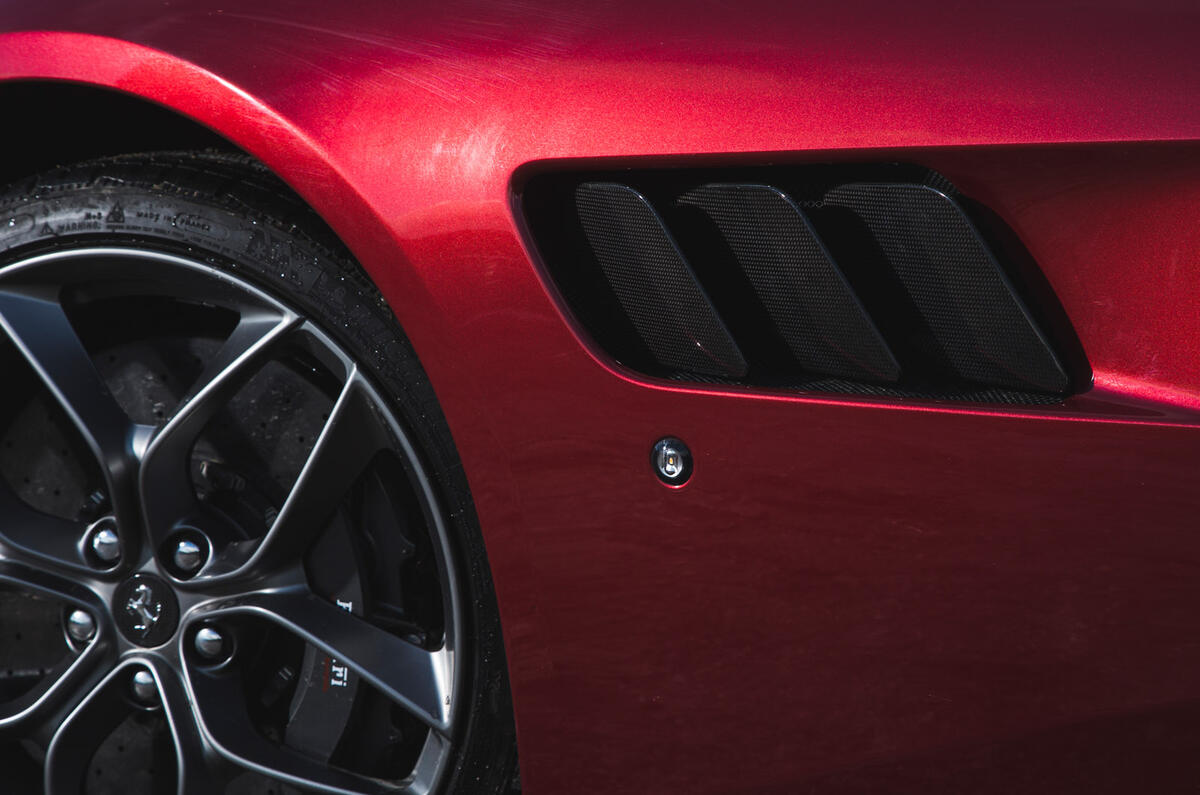
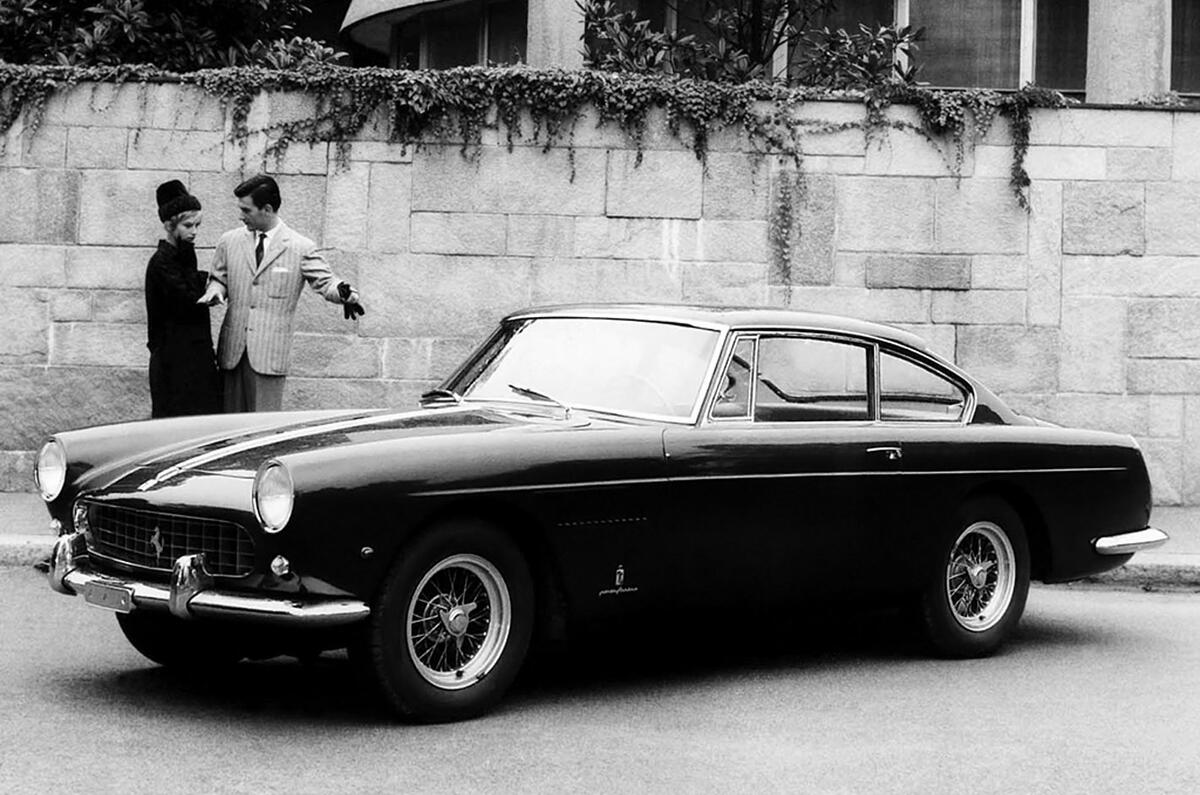
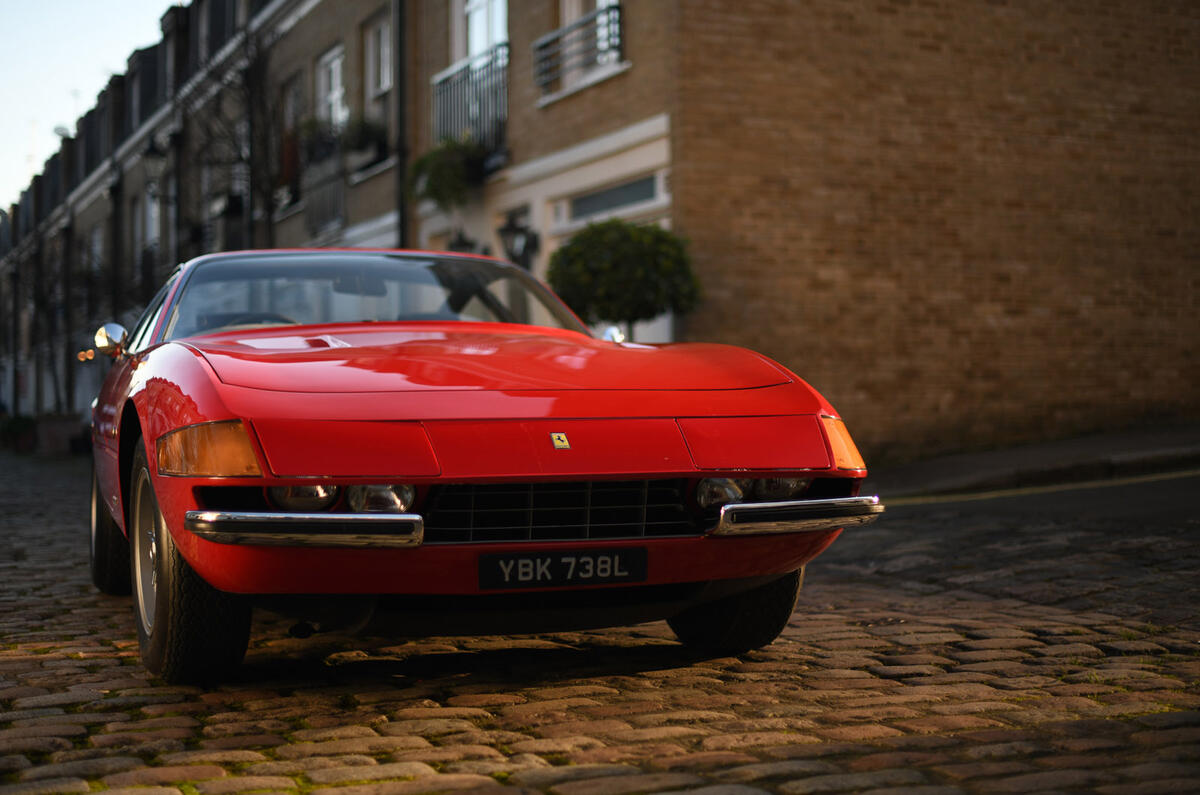
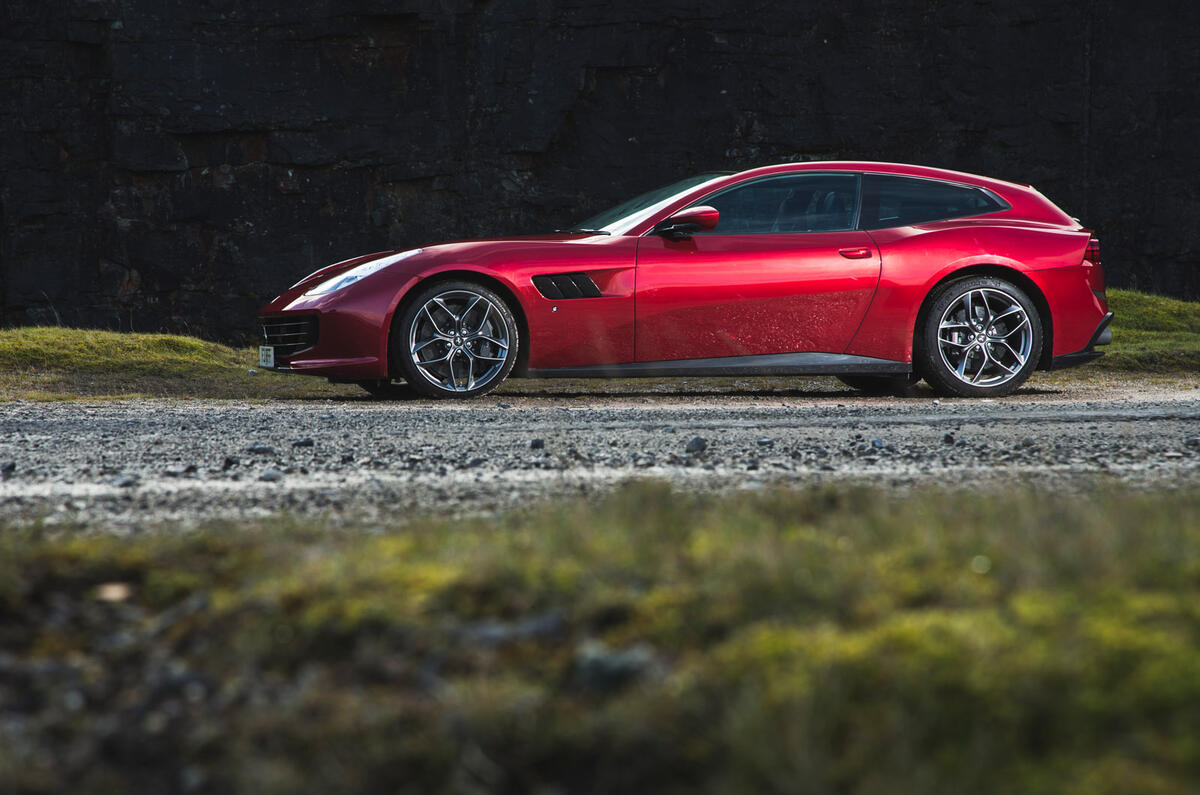
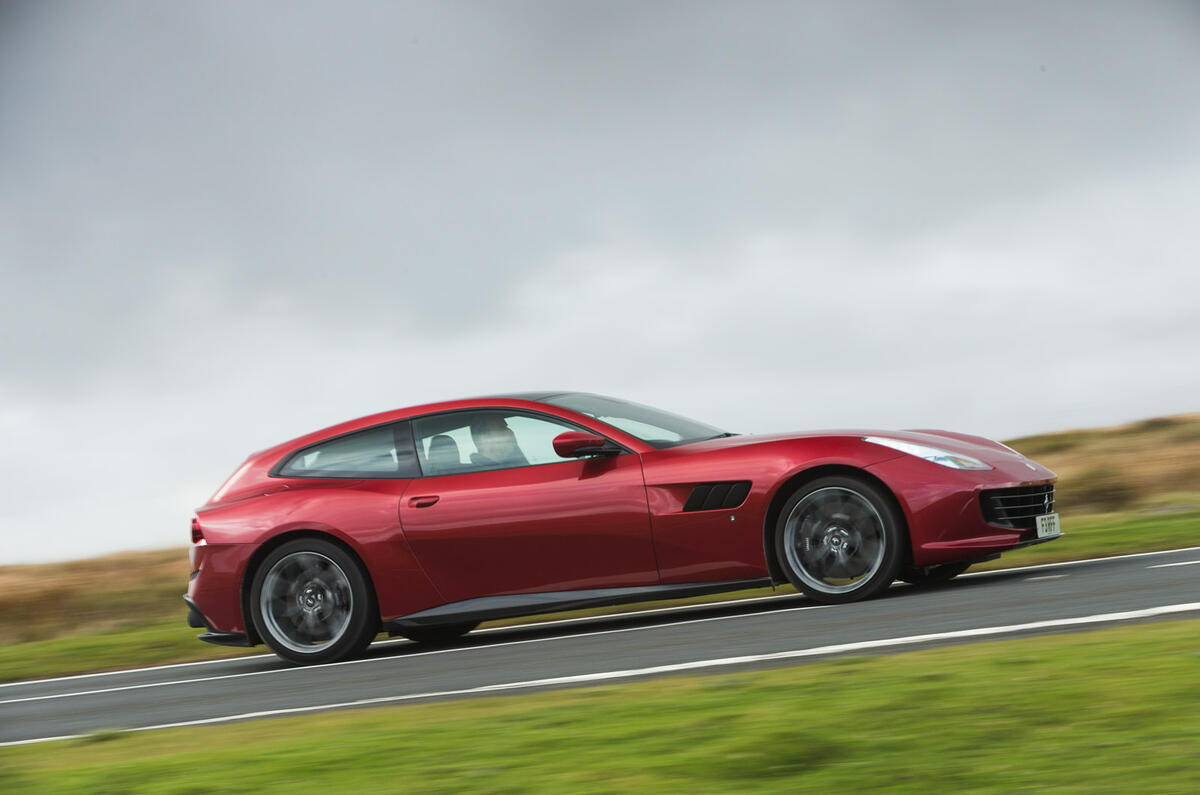
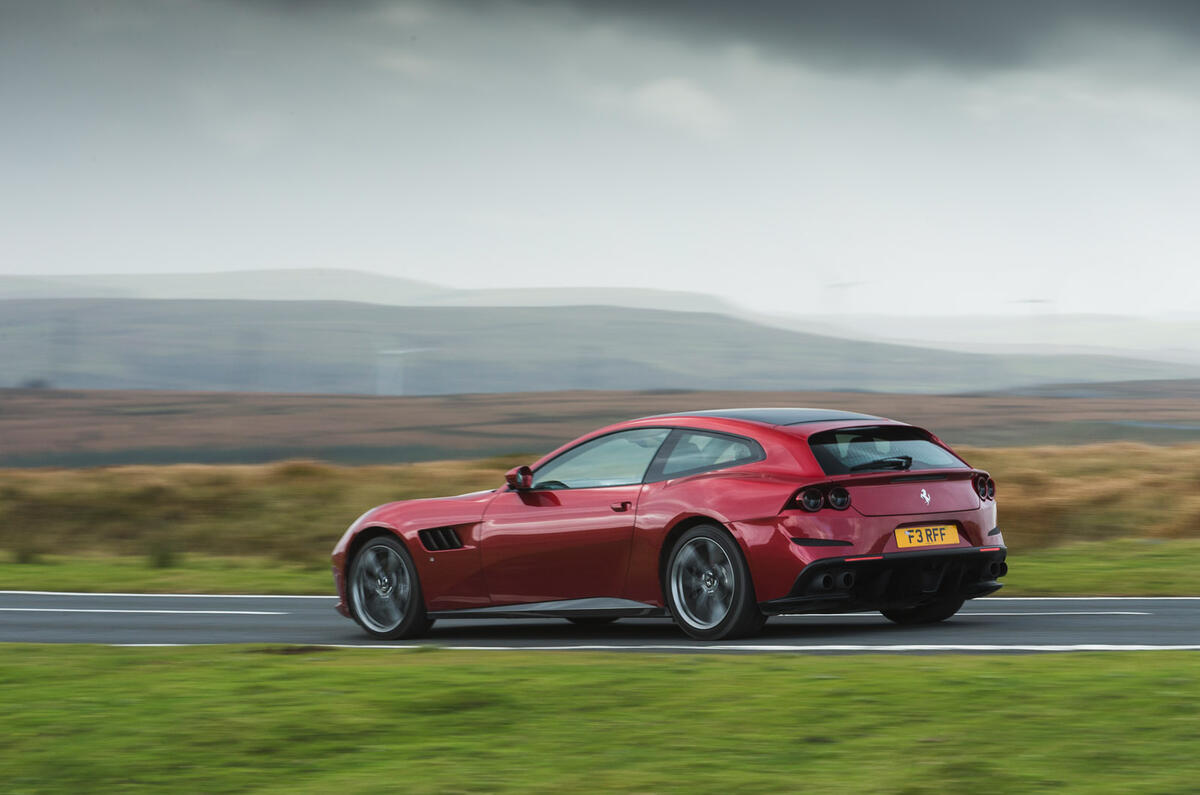
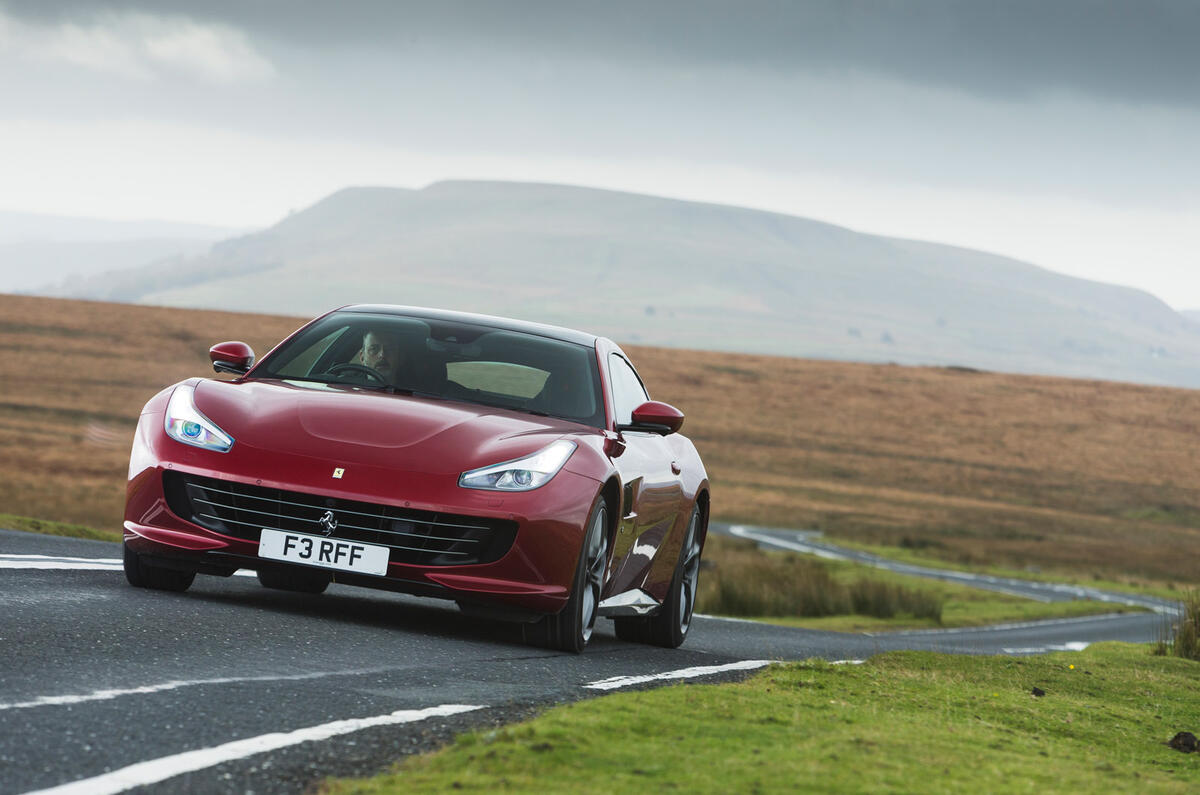
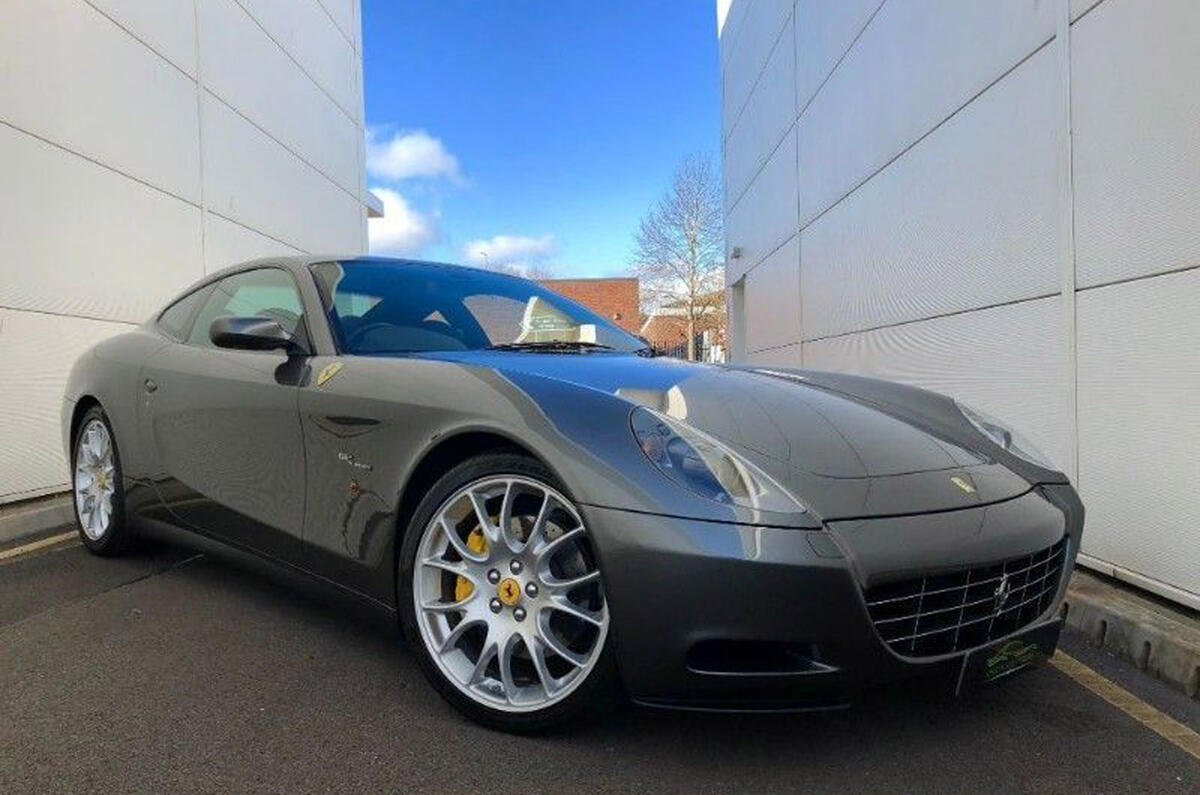
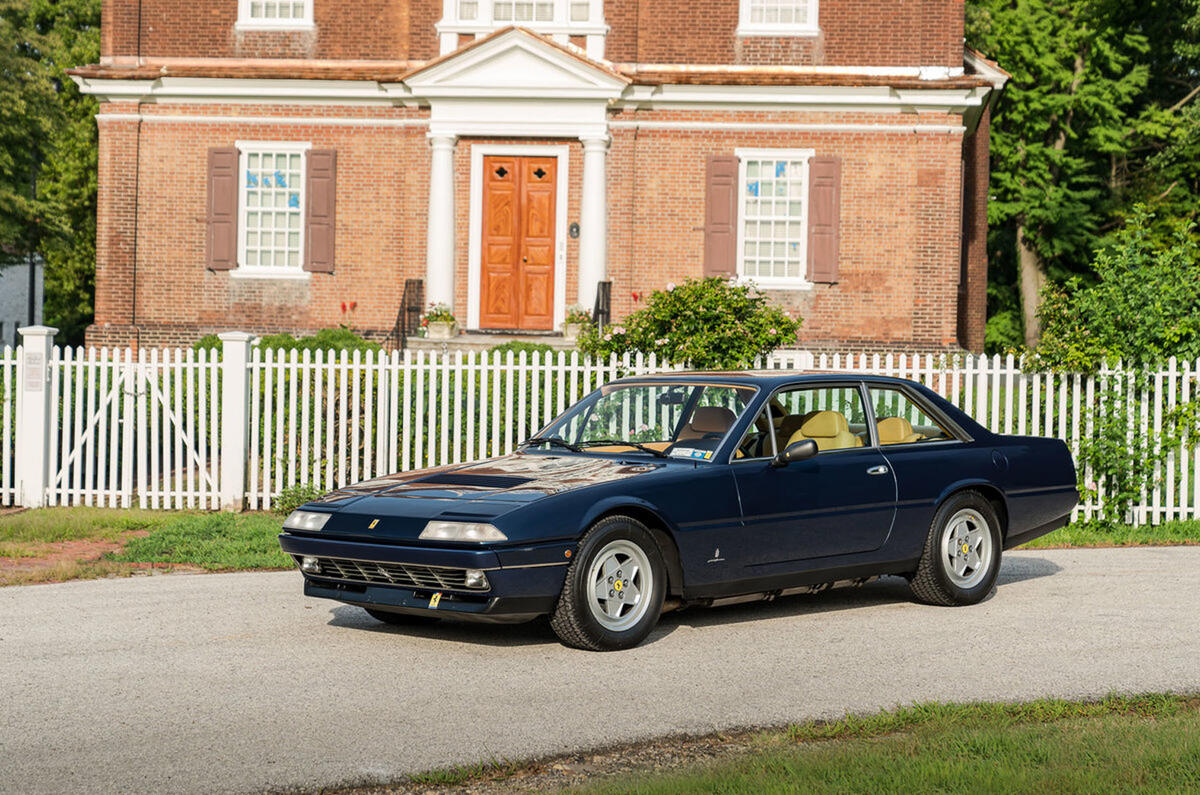








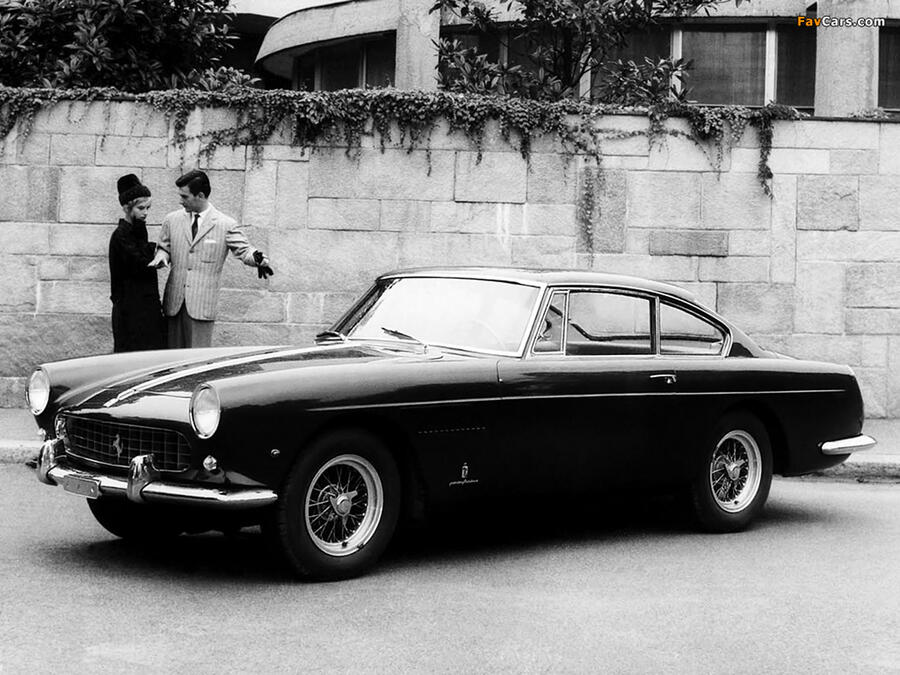
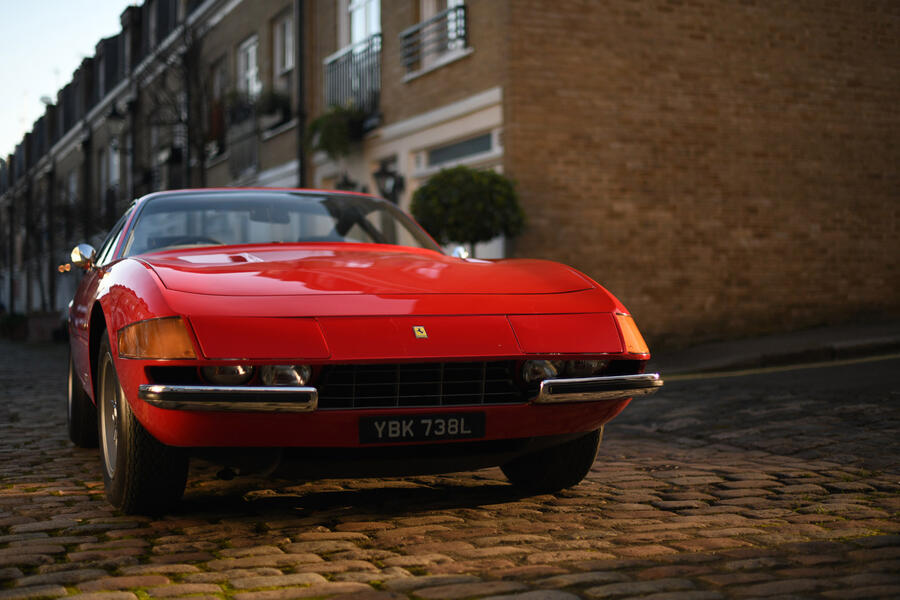
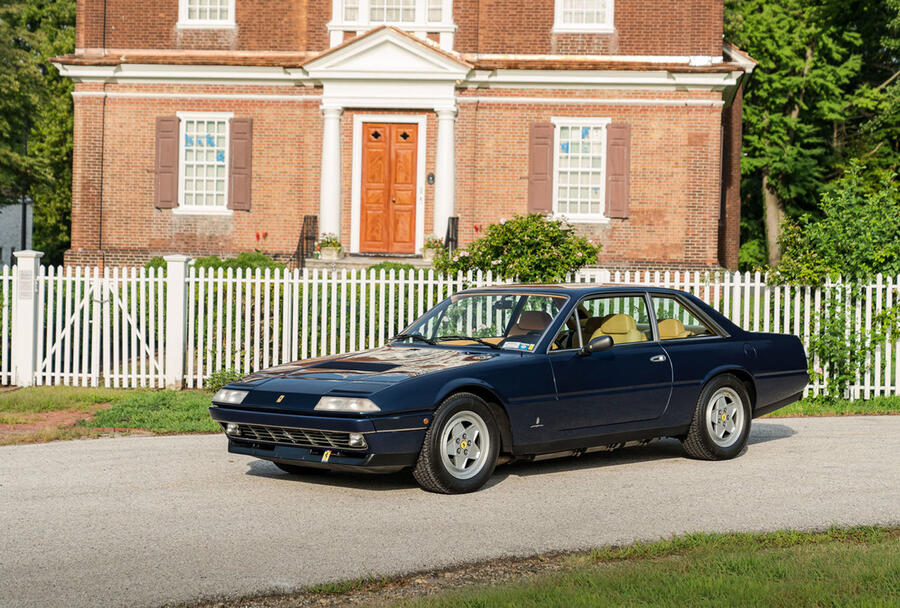
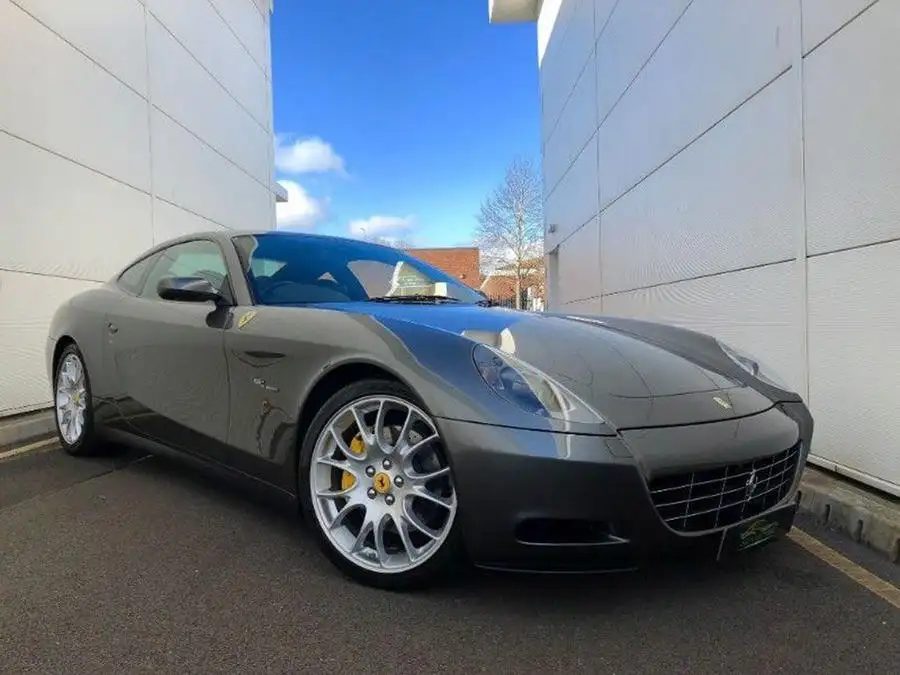

Add your comment